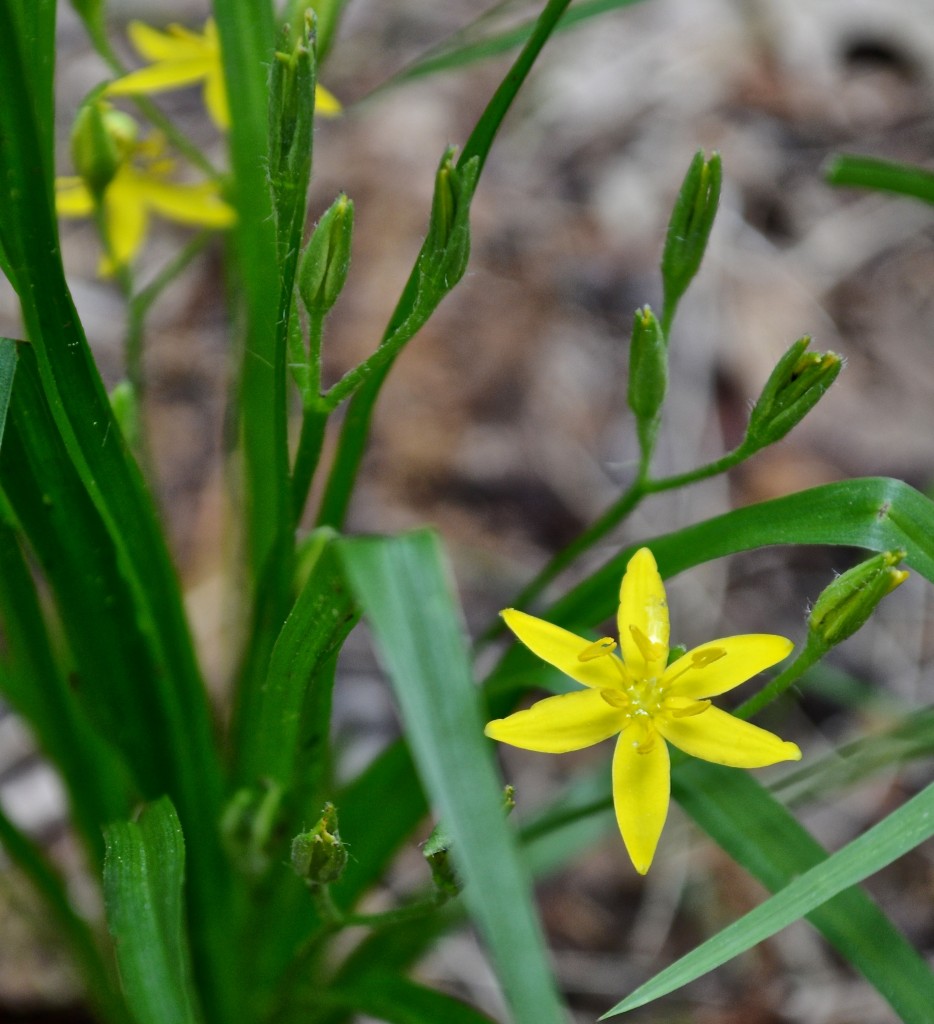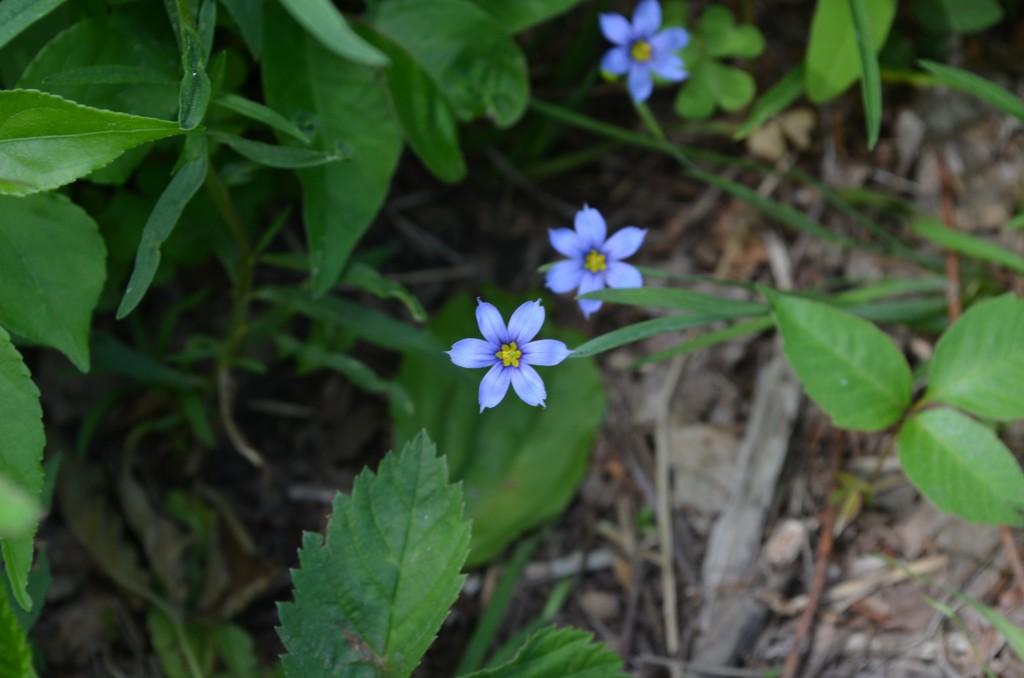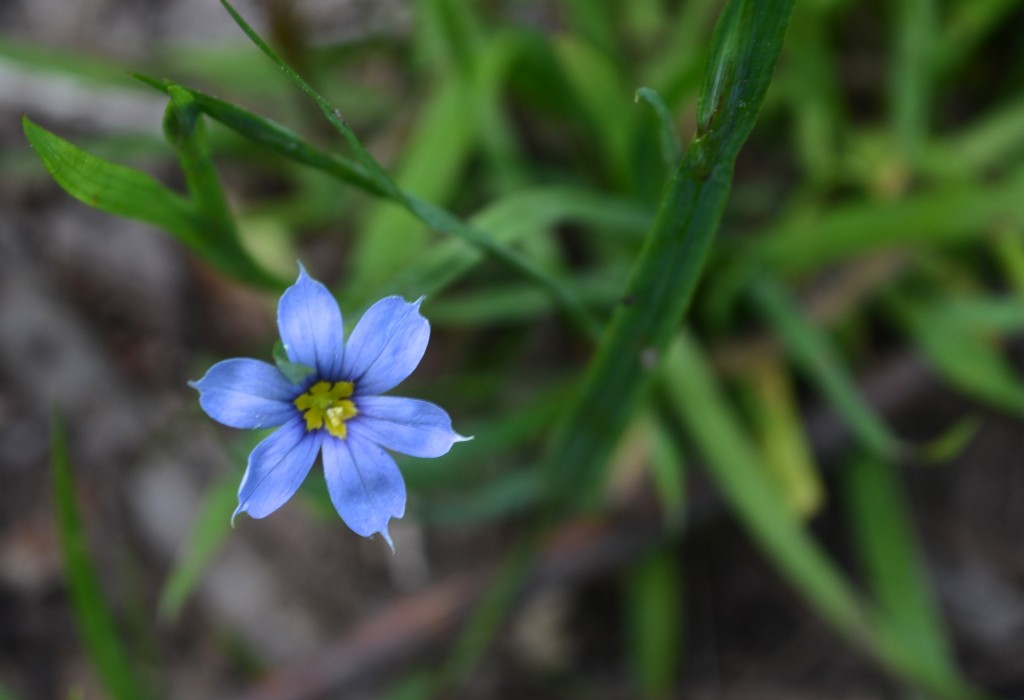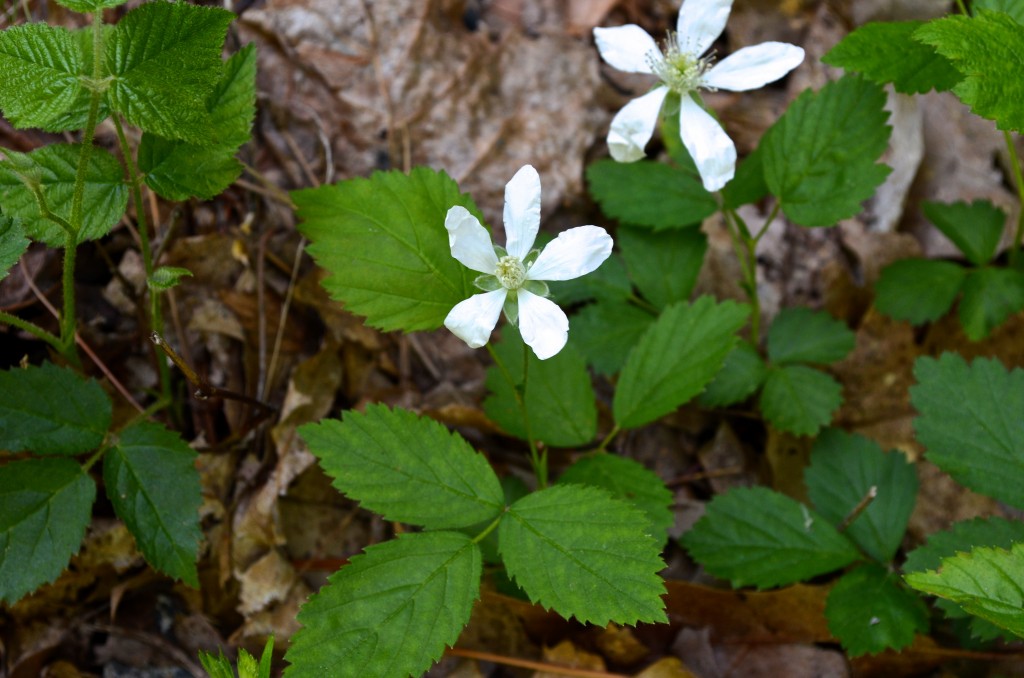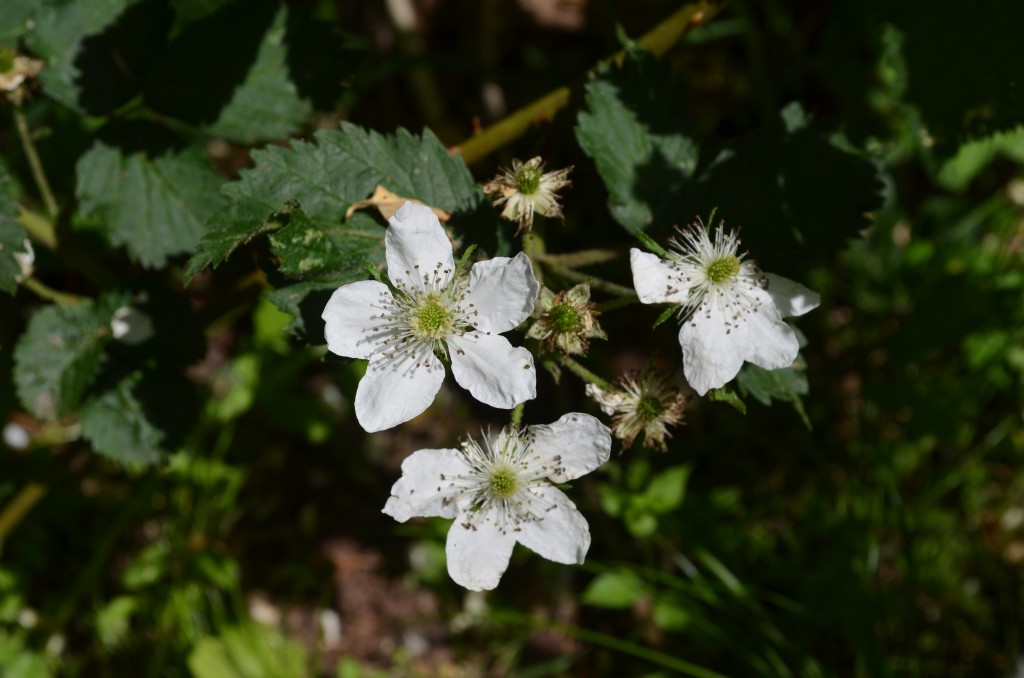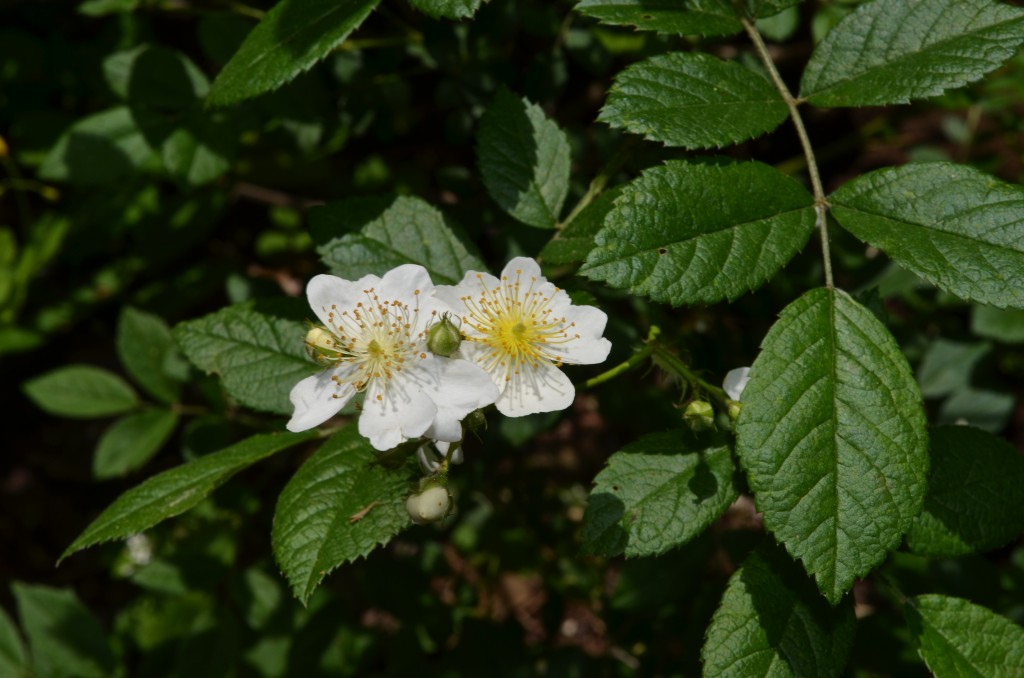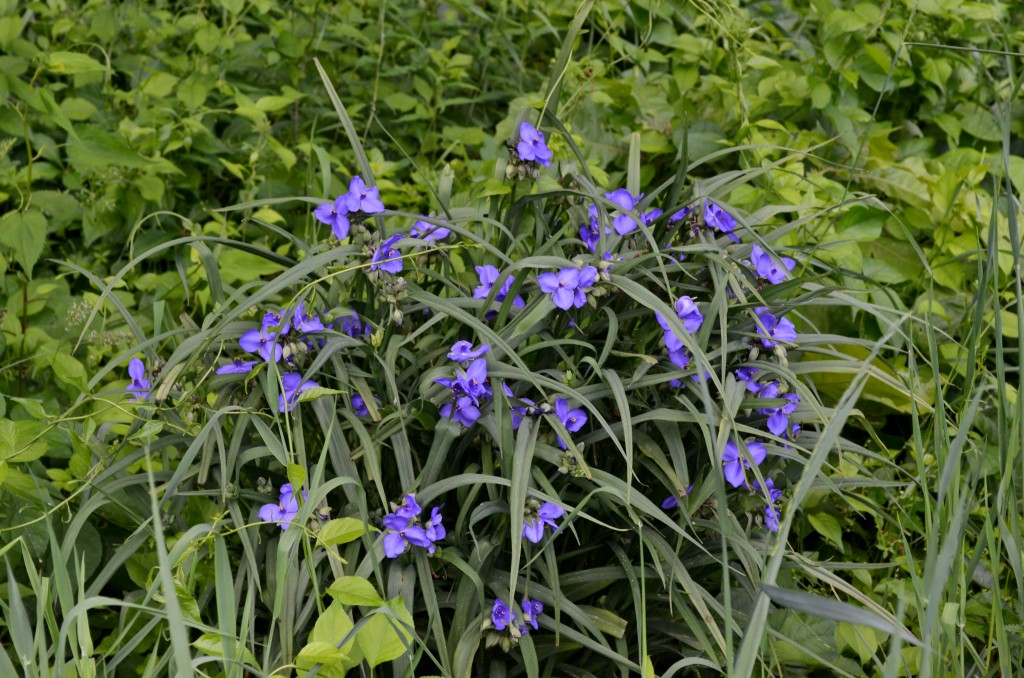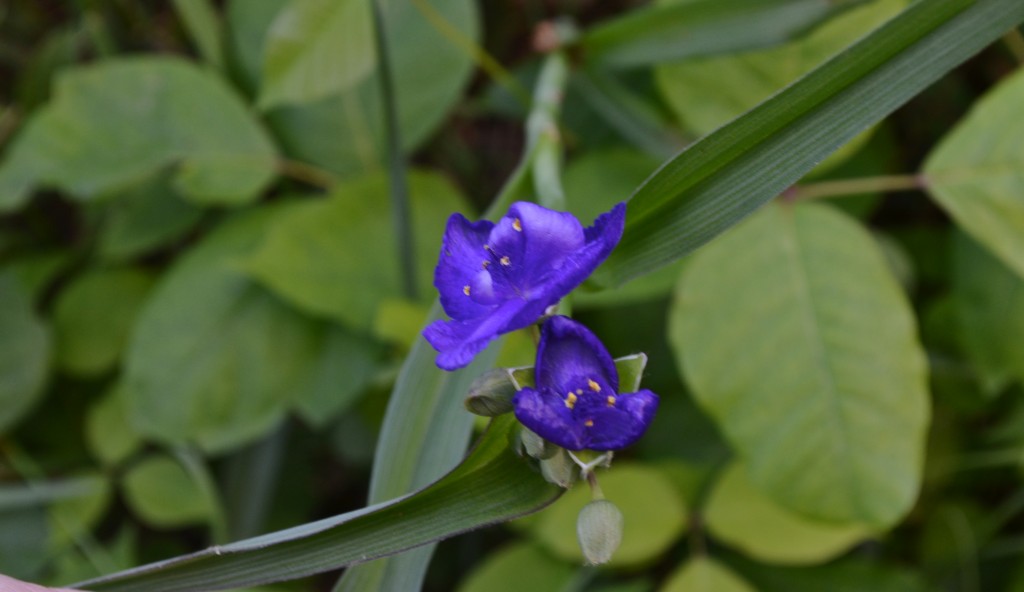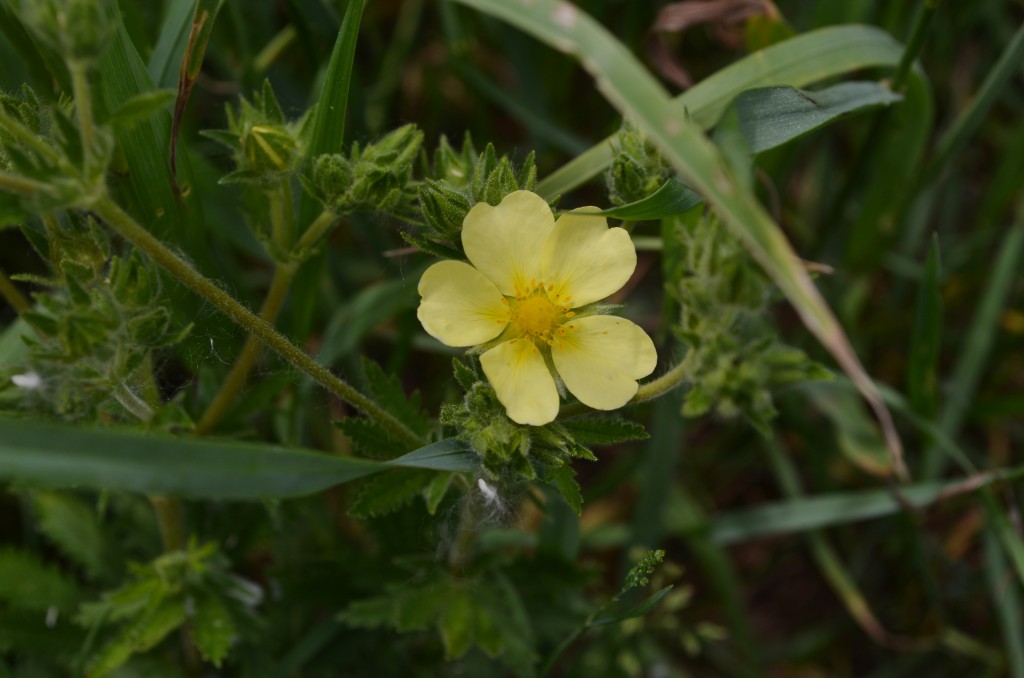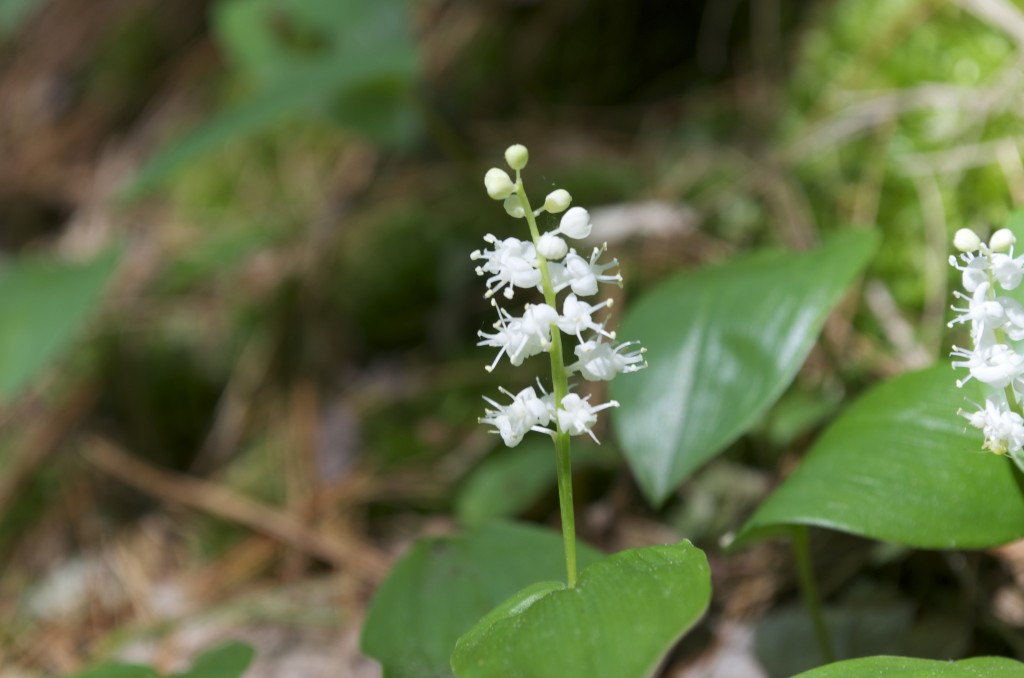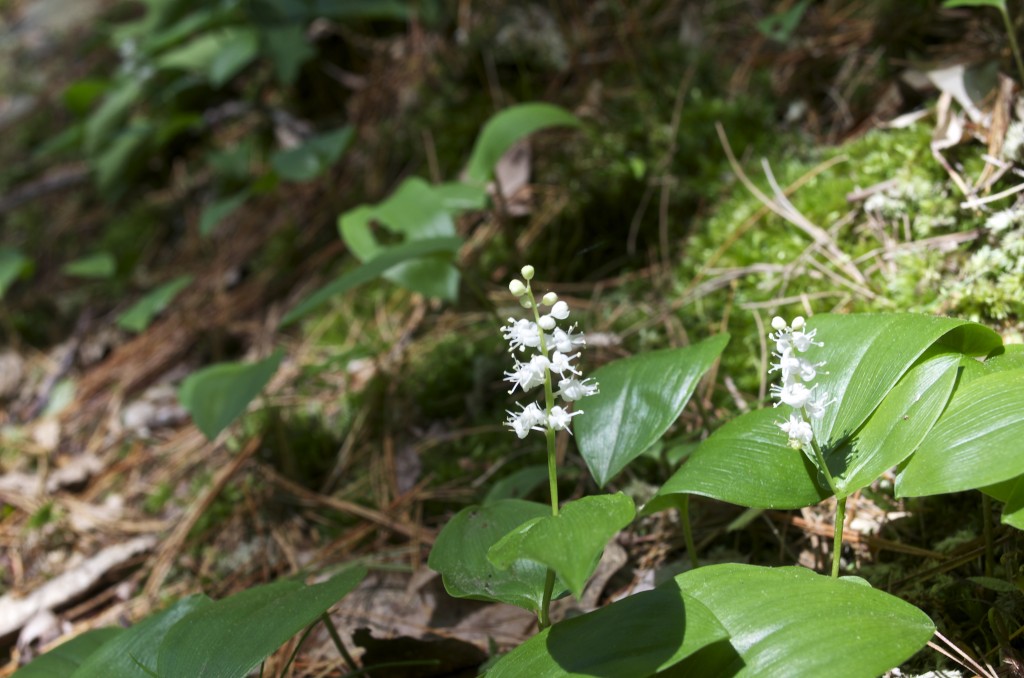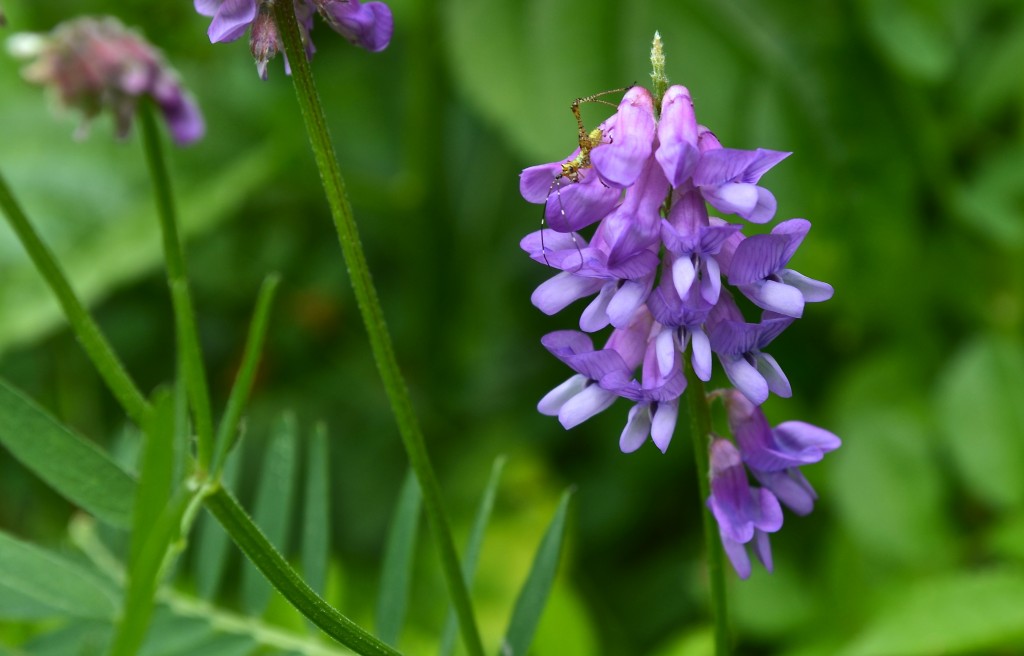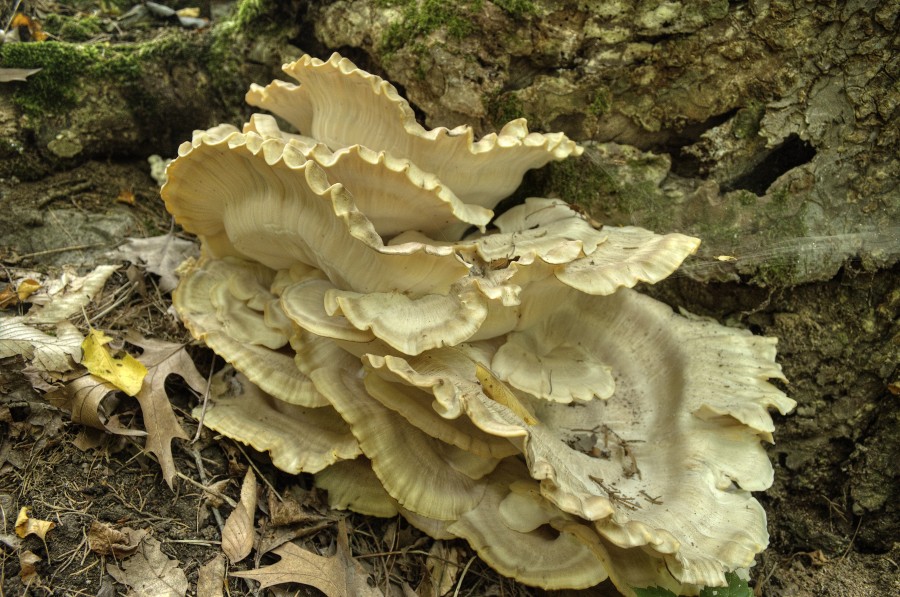
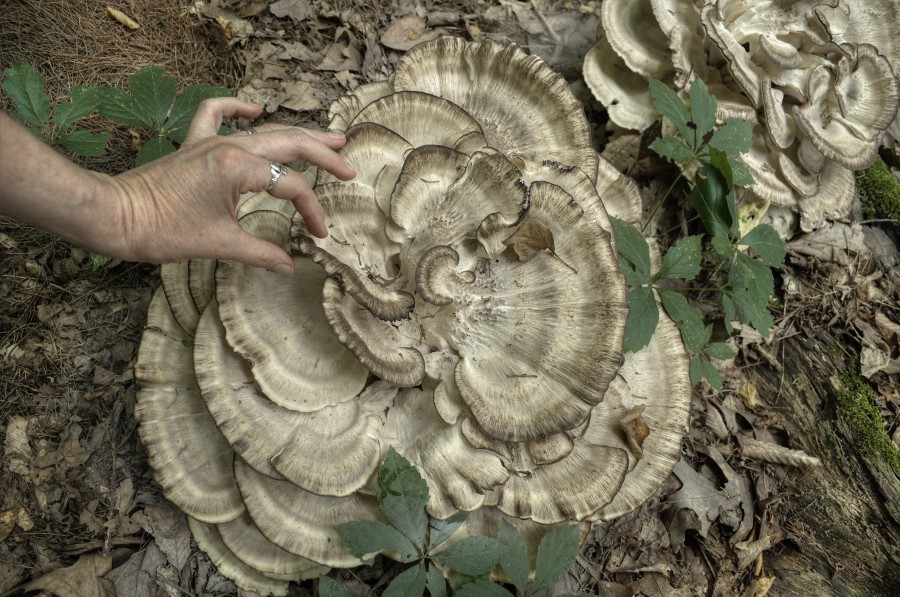 Sometimes there’s a non-wildflower item that demands notice! In our woods, there were several of these big ruffly fungi all growing around an old tree stump (my hand added for scale). I took these July 21; now they’ve pretty much withered, darkened and disappeared. I’m finding fungus identification difficult — there are many that look similar to me, and there can apparently be lots of variation within a species. That said, I think this is a Giant Polypore — can get to be 30 inches in diameter.
Sometimes there’s a non-wildflower item that demands notice! In our woods, there were several of these big ruffly fungi all growing around an old tree stump (my hand added for scale). I took these July 21; now they’ve pretty much withered, darkened and disappeared. I’m finding fungus identification difficult — there are many that look similar to me, and there can apparently be lots of variation within a species. That said, I think this is a Giant Polypore — can get to be 30 inches in diameter.
Giant Polypore, Black-staining Polypore (Meripilus giganteus)

